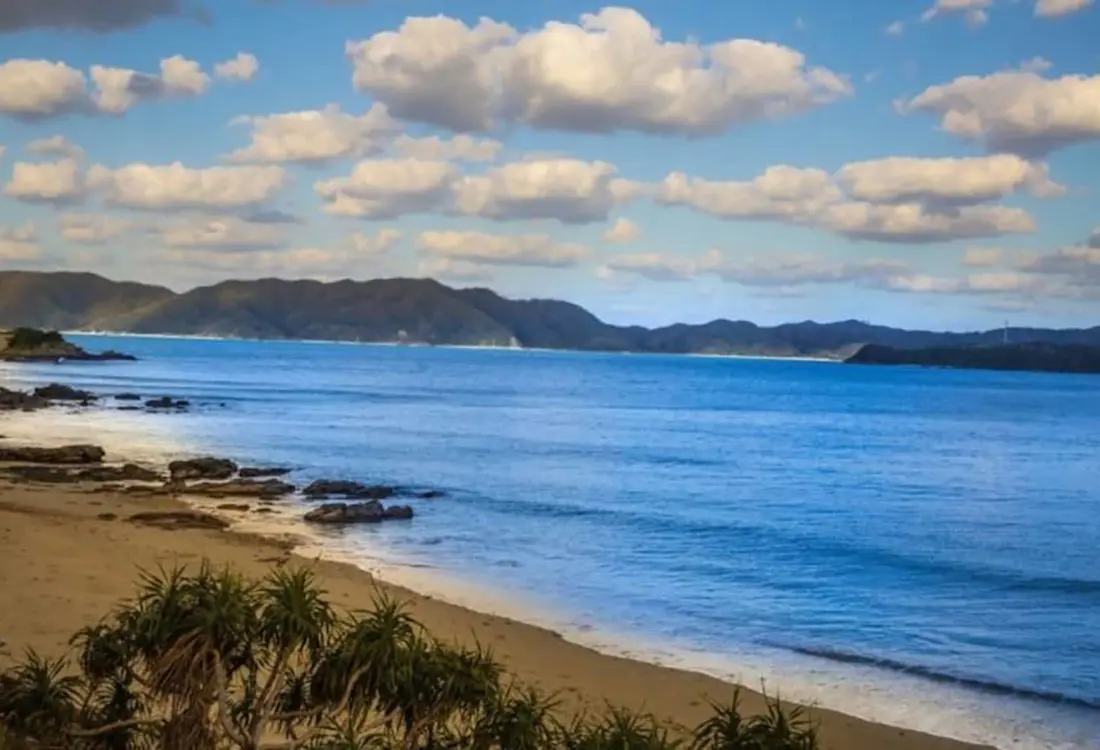
Amami Oshima
Gorgeous island steeped in history
Amami Oshima, an island of volcanic origin ringed by coral reefs, is at once a prime subtropical travel destination as well as the site of a fascinating culture.
The Amami islands, of which Amami Oshima is the largest, are home to a rich spiritual tradition deeply permeating everyday life through ritual, where nature is venerated and heavenly guidance is provided by yuta (shamans) and noro (female priestesses).
The island's name itself derives from Amamiko, the goddess said to have created the Ryukyu archipelago, at whose northern end the island lies.
While your visit to Amami Oshima (or other neighboring islands) may not afford you deep exploration into such cultural intricacies, you will certainly find magic in the exquisite surrounding nature, highlighted by star-studded night skies, unique animals and plants such as the Amami rabbit, Ryukyu sweetfish, and a rare species of wild ginger, as well as unparalleled views of the expansive turquoise ocean.
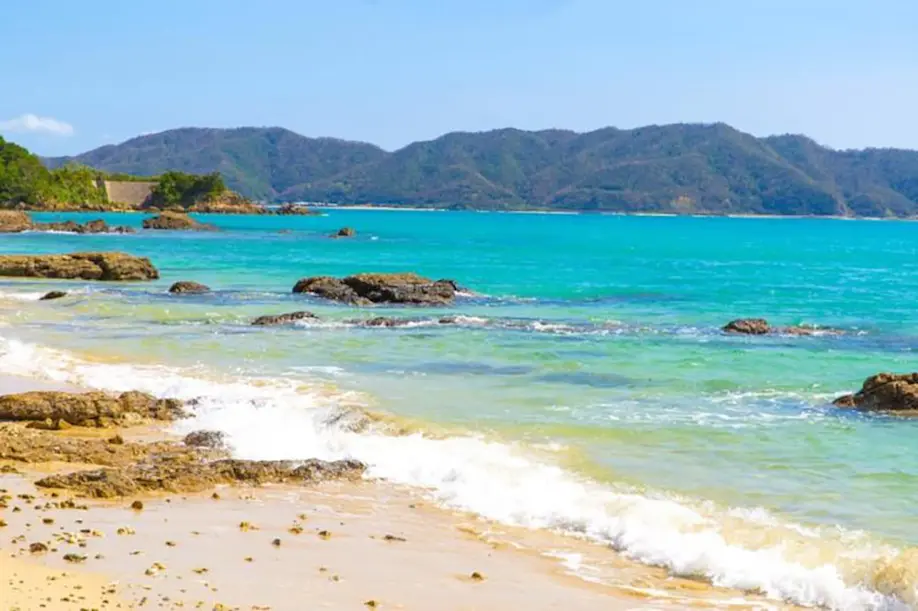
Advanced divers will want to go on the hunt for the underwater mystery circles – ethereal, crop circle-like formations drawn on the seafloor off the island. Discovered by underwater photographer Yoji Ookata, the circles were later found to be the work of puffer fish conducting an elaborate mating ritual.
For the rest of us, there are still numerous ways to enjoy the waters of Amami Oshima, whether it's swimming, snorkeling, open water diving, cavorting with sea turtles, or just admiring the picturesque views. There are many options for boat tours. Try the Native Sea resort in the northern island town of Tatsugo, or the Amami International Network, which provides guided tours around the island in English, Chinese, and Korean.
The day of our arrival happened to be the day after one of the largest typhoons to have struck the island in decades, with felled trees and debris scattered around the beaches, so our swimming and snorkeling venture was met with clouded waters, and no sightings of fish or other sea creatures. Still, we were able to enjoy the stunning ocean views, as well as one of the most gorgeous sunsets we had ever seen to date.
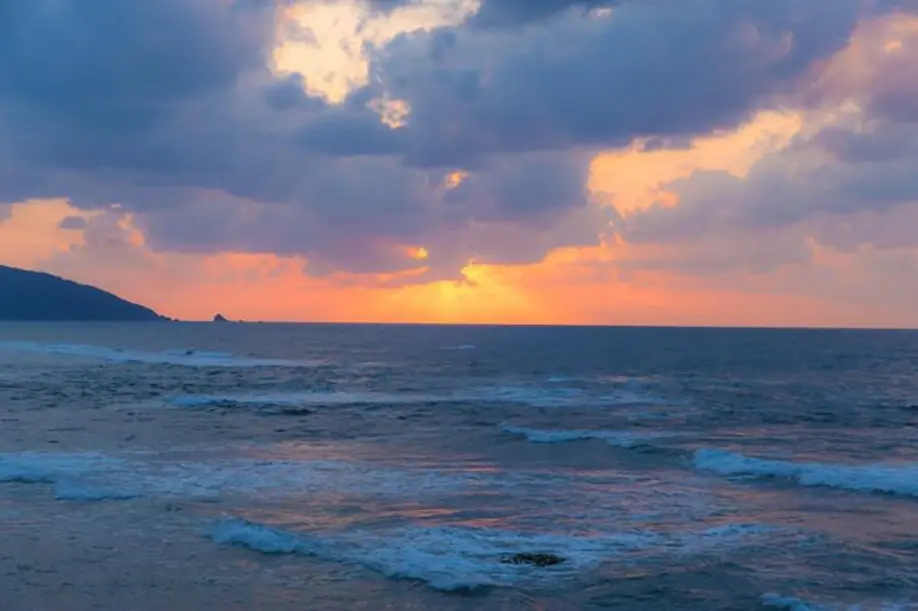
Another element to the island's rich biodiversity – for which World Heritage status is being sought – is the Kuroshio no Mori Mangrove Park.
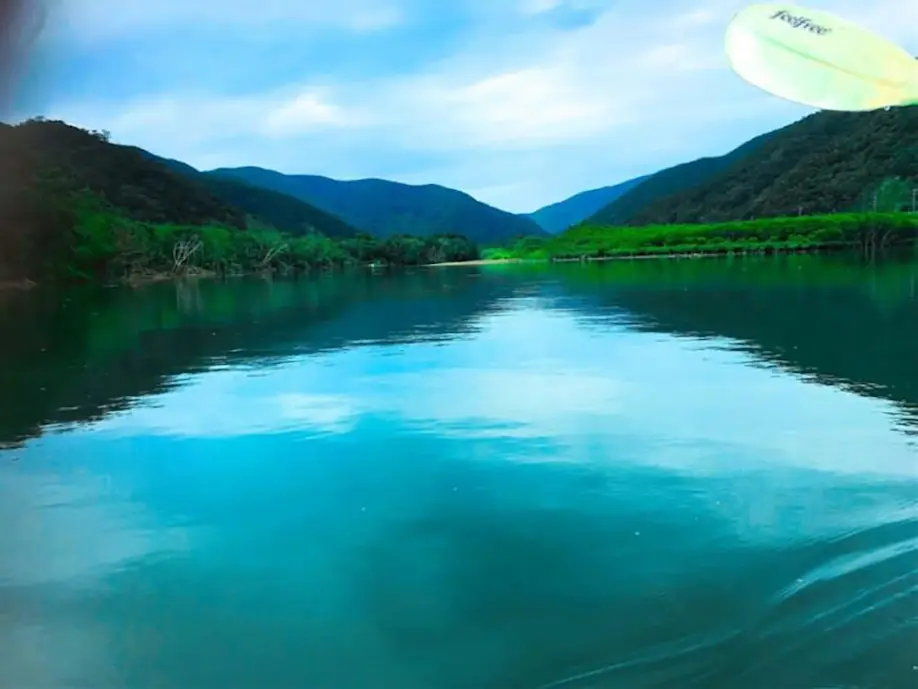
Guided kayaking tours are offered here, and paddling along the languid waters of the virgin mangrove forest alongside gnarled trees is a delightful way to spend an afternoon.


Amami Oshima tsumugi is a silk pongee textile dating back 1,300 years, which features a sophisticated manufacturing process that will certainly give you a new appreciation for the finished garments.
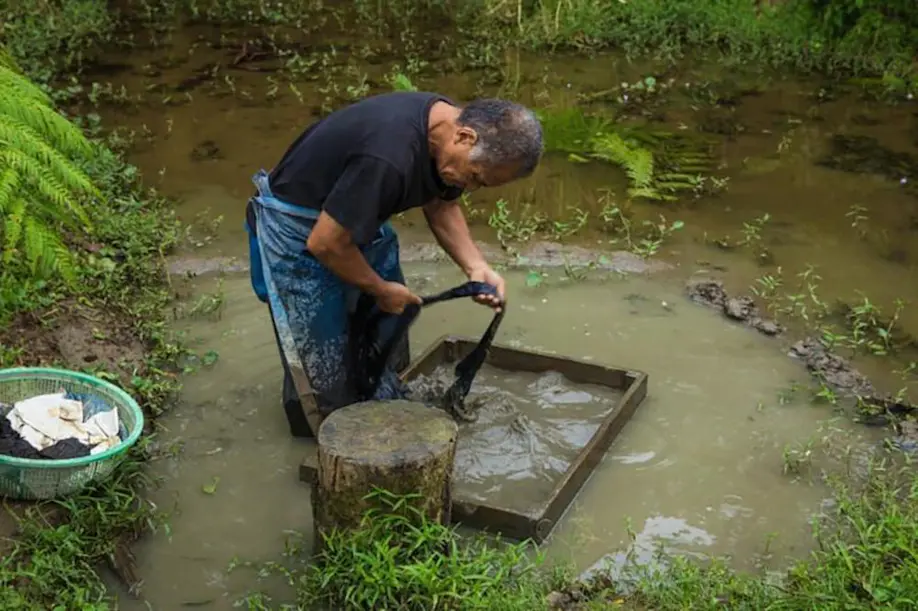
A tour at one of the local operations such as Oshima Tsumugimura (Silk Village) is a highly recommended activity. Here you can see the fabric created via a series of elaborate processes including dorozome (mud-dyeing) and weaving on a loom with a level of precision that defies comprehension.
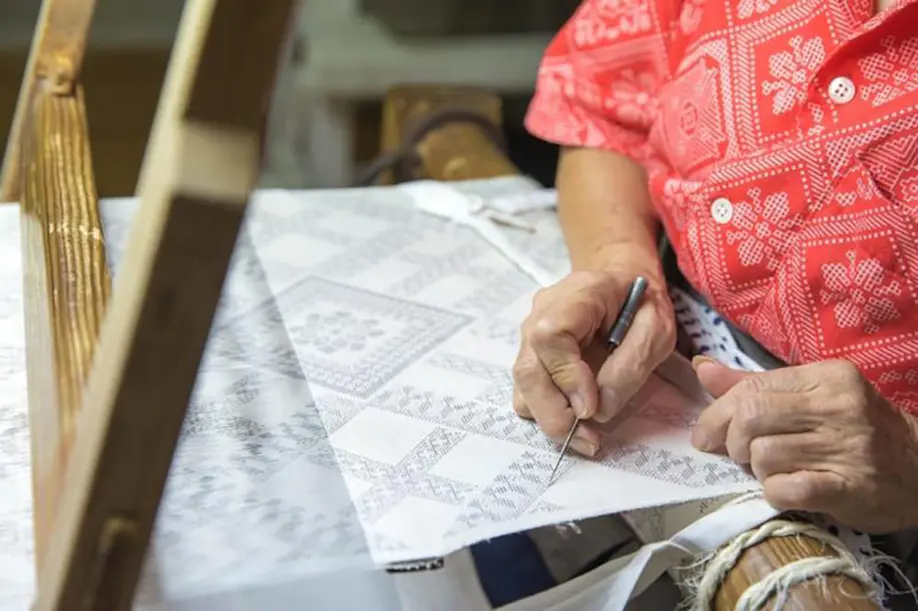
Local residents were prohibited from wearing kimono fashioned from Amami Oshima tsumugi during the 1700s – and were instead required to hand over silk pongees to the ruling Satsuma clan (following their invasion of the Ryukyu kingdom) as a form of taxation.
“The mud-dyeing technique made for extremely boring, laborious work," explained the guide during our tour, who also explained that locals used to hide the silk pongees in the mud in order to avoid detection – hence its origin.
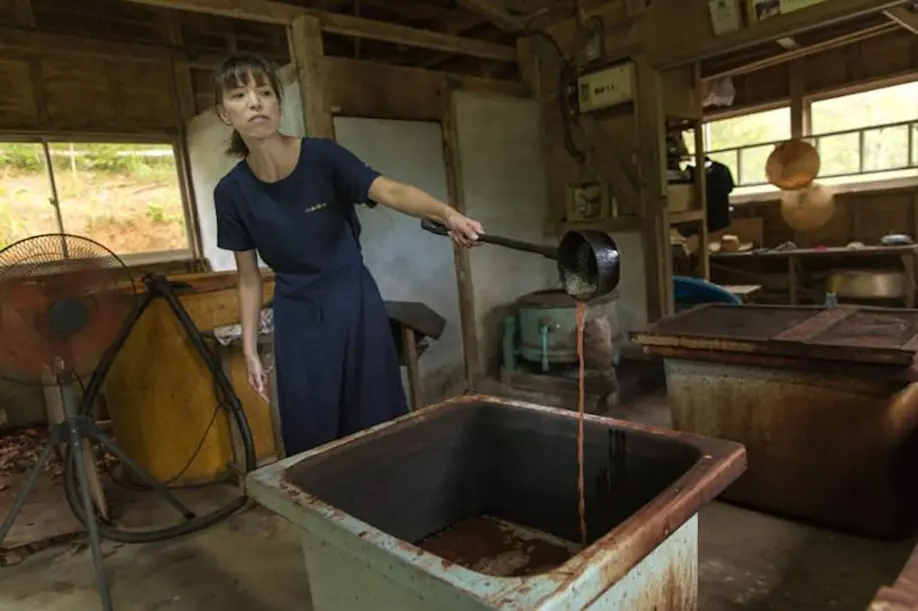
As demand for kimonos produced through this method continues to decline, there is also a local movement underway to break free from the constraints of the historical purists in order to inspire new fashion styles utilizing Amami Oshima tsumugi textiles. With designers on board to create dress jackets and other new stylish garments by introducing new takes on the traditional methods, this development portends an exciting new trend to keep an eye on.
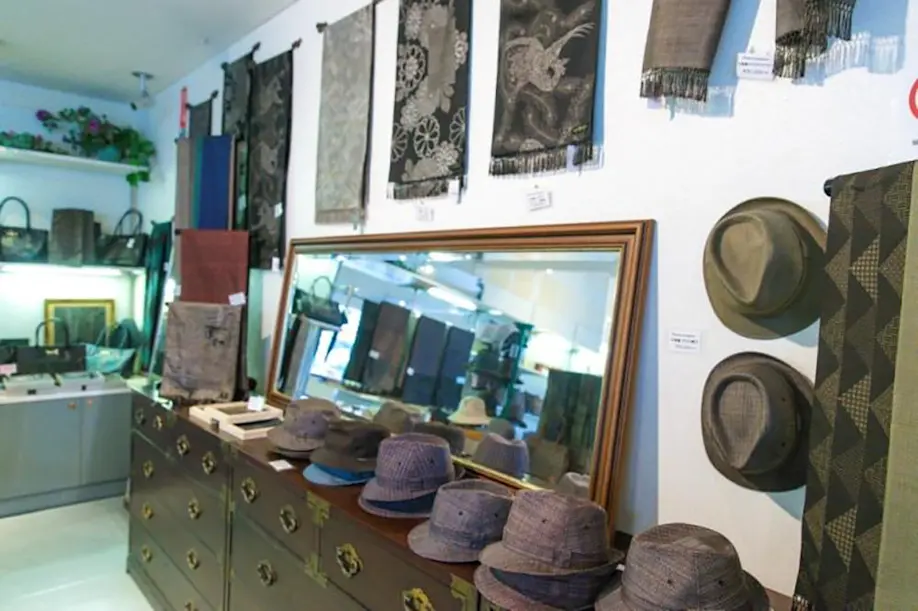
There are numerous options for dining on the island, but if you are in the mood to splurge on dinner, look no further than Amanari, the restaurant at the Nest at Amami Beach Villas in Tatsugo.
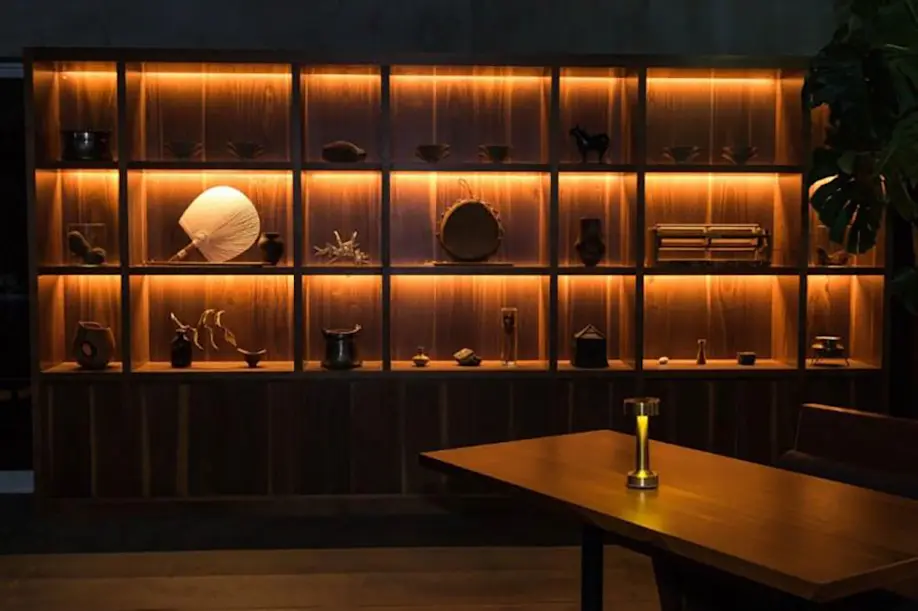
Featuring elegant island-style cuisine and stylish serving ware, this is an excellent place to experience Amami's unique food traditions, which reflect the island's location at the intersection of many diverse cultures.
After dinner, head outside on the patio to experience what may be the most brilliant night sky you have ever seen. And if you see a falling star, you will have certainly deserved it.

Photos by Solveig Boergen
Solveig Boergen is a Tokyo-based photographer originally from Germany who has spent more than three decades living in Asia(Japan, China, Hong Kong, Taiwan, Thailand and Nepal). Her work aims to share human stories, and to show realities that might otherwise remain unseen.Besides travel photography, she specializes in portraits that convey deep emotion, such as newborn babies with their families.

Kimberly Hughes
Kimberly Hughes is a freelance writer, translator, and community organizer who is originally from the desert of the southwestern U.S. and has been based in Tokyo since 2001. She is somewhat addicted to global travel, and also loves cooking, gardening and reading.
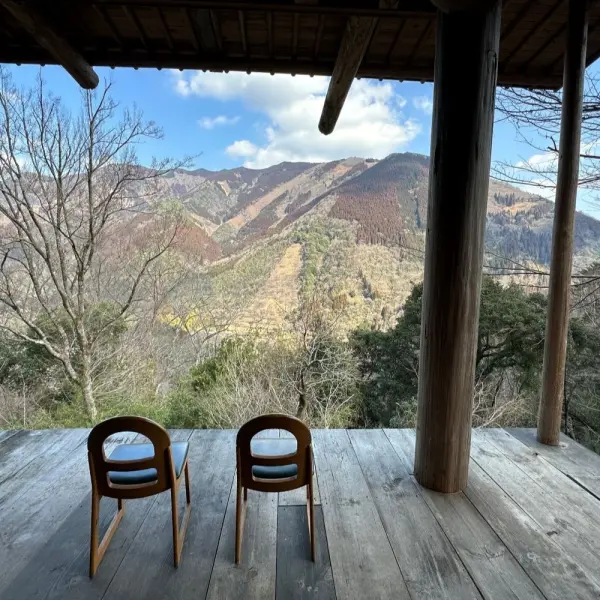 Traditional Life in Shiiba Village, Kyushu’s Secret Hideaway
Traditional Life in Shiiba Village, Kyushu’s Secret Hideaway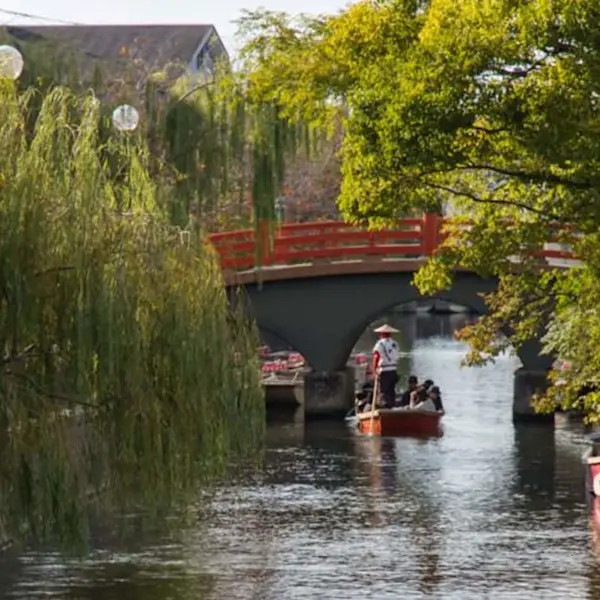 Follow the Canals: The Humble Beauty of Yanagawa
Follow the Canals: The Humble Beauty of Yanagawa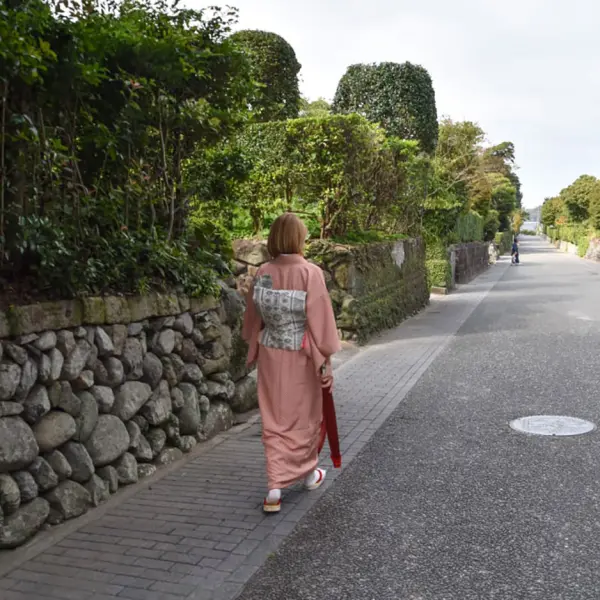 Visit one of Japan's largest samurai residences in Izumi
Visit one of Japan's largest samurai residences in Izumi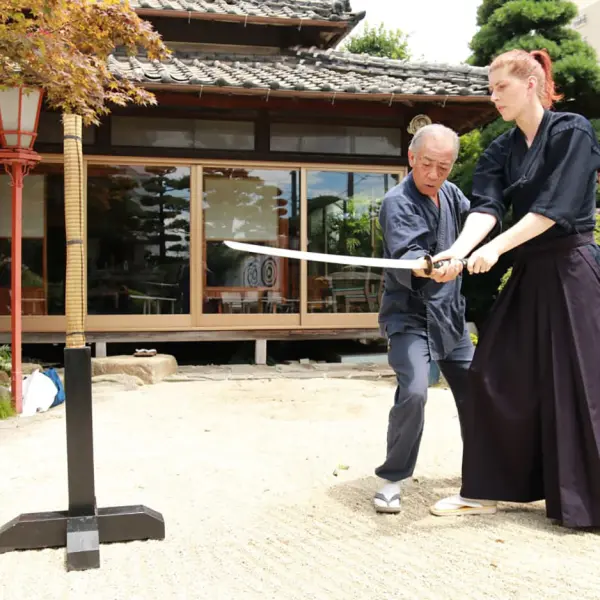 Katana Training & Omuta Exploration
Katana Training & Omuta Exploration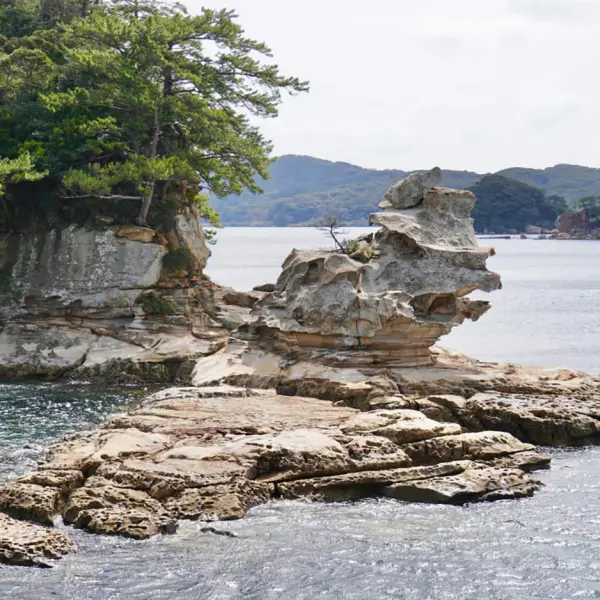 99 Islands and a Mouthful of History in Sasebo
99 Islands and a Mouthful of History in Sasebo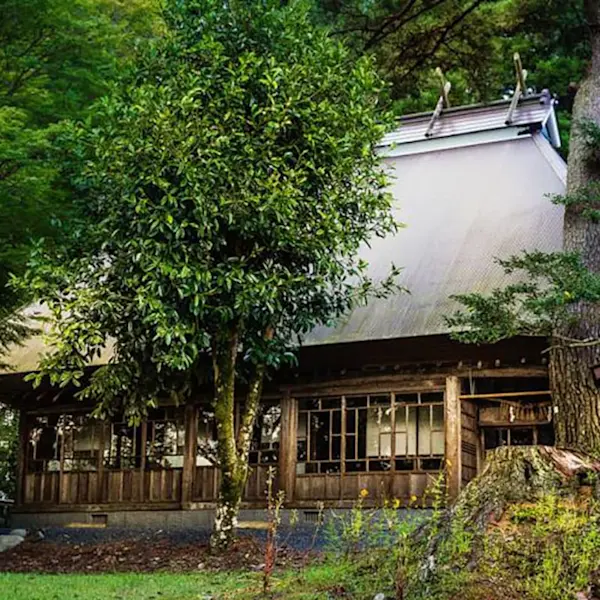 Takachiho: Explorations of a mystical land
Takachiho: Explorations of a mystical land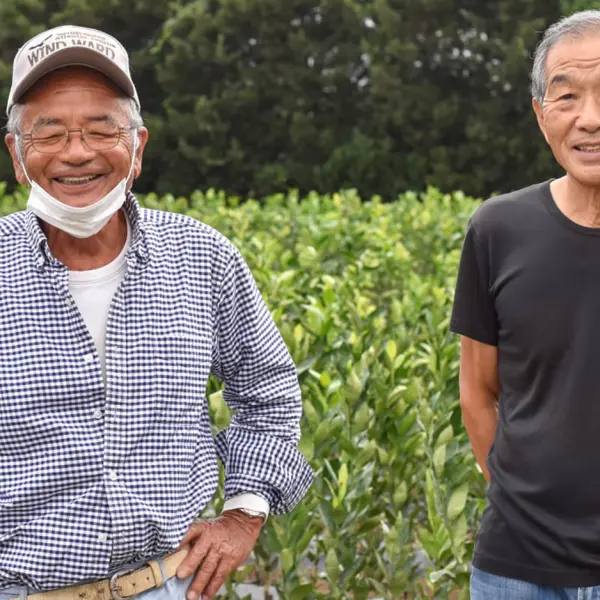 Meet the Locals at a Japan Farm Stay at Kagoshima
Meet the Locals at a Japan Farm Stay at Kagoshima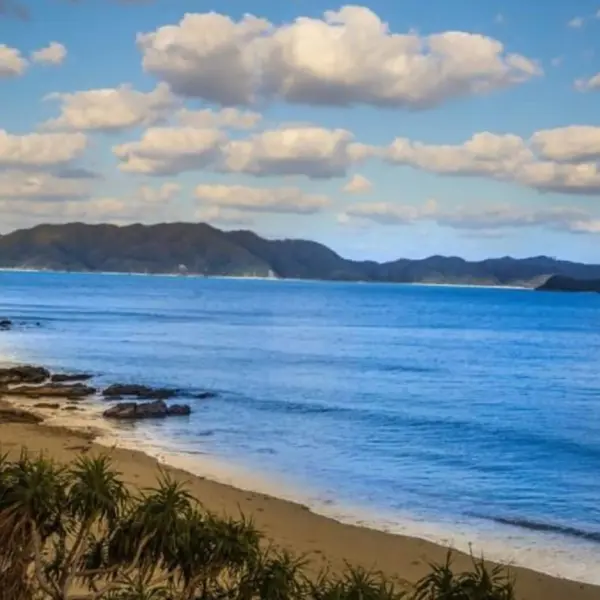 Amami Oshima: Gorgeous island steeped in history
Amami Oshima: Gorgeous island steeped in history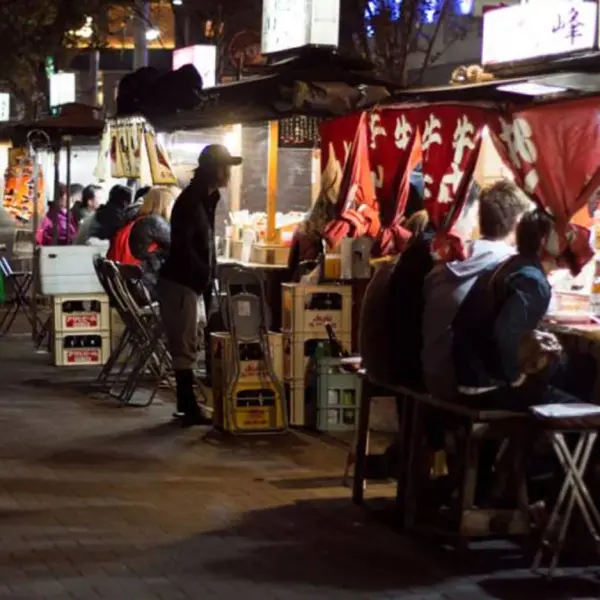 Yatai in Fukuoka: Sitting at the Counter with History
Yatai in Fukuoka: Sitting at the Counter with History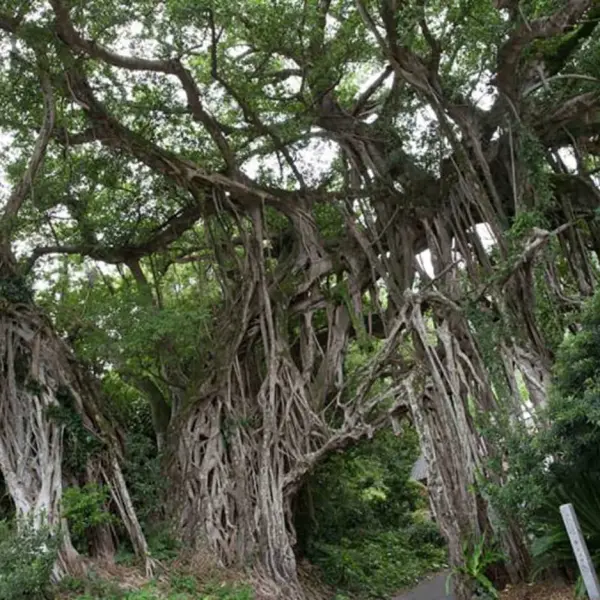 Yakushima: Feeling the Island
Yakushima: Feeling the Island




